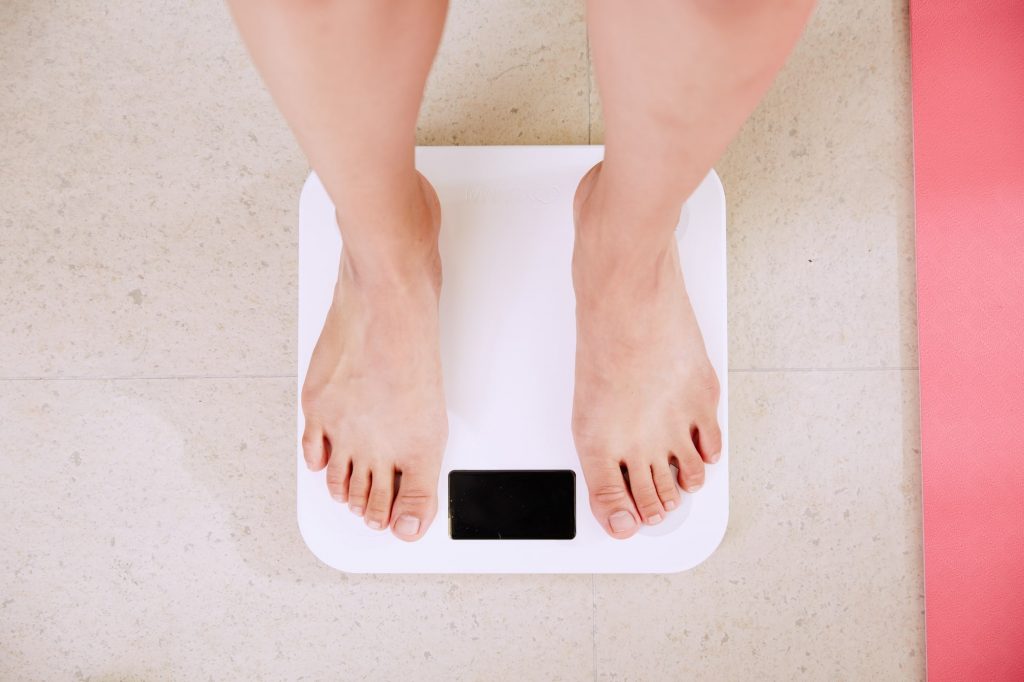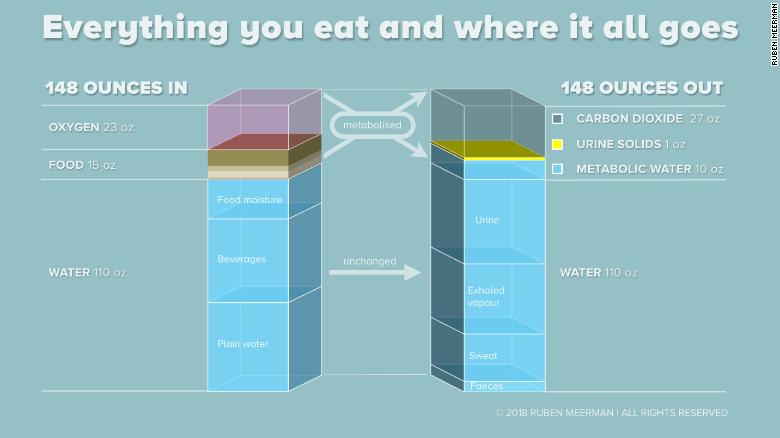
Dr. Phillip Chang
Board Certified By The American Board of Plastic Surgeons.
Voted Top Plastic Surgeon in Loudoun, Virginia
Offices in Leesburg, Virginia.



Doing extreme weight loss dieting and exercise on your own is simply irresponsible. This blog is meant to be an introduction to the subject of responsible weight loss and some of the big terms you should know in the industry.
Irresponsible Weight Loss
It was the fall of 2009, and Samantha Clowe had her wedding date coming up in only several weeks. Determined not to be a ‘fat bride’ in her own words, she went on a very restrictive (530 calories/day) diet. She stuck with it for 11 weeks too, losing over 40 pounds.
One day, while at home, and at the young age of 34, she suddenly collapsed and died from heart failure. The Daily Mail reported on this story in September of 2009 here.
She’s not alone. Others who go on extremely restrictive diets in short periods of time without close medical supervision run extremely high risks of organ failure.
If you’ve come to read this article because you are looking to lose a great deal of weight in a short period of time, then you owe it to yourself and your health to seek professional help through our sister weight loss center Medi-Weightloss in Lansdowne or any other professional, doctor-supervised weight loss program.
Doing extreme weight loss dieting and exercise on your own is simply irresponsible.
We’ve written this article to help others looking to lose weight in the best ways possible, outlining the subject matter and informing the major Dos and Don’ts. This blog is meant to be an introduction to the subject of responsible weight loss and some of the big terms you should know in the industry.
Depending on your particular situation, the benefits of losing weight can be astronomical.
Just a few potential benefits of losing weight:
So Where Do I Lose Weight?
- Women, for example will gain fat preferentially in the lower belly, outer and inner thigh, and flanks
- Men preferentially will gain fat INSIDE the belly around the intestines (e.g., ‘beer belly’) and flanks.
Your body also stores fat as both ‘visceral fat’ (interstitial fat inside your body and usually around your organs) and ‘subcutaneous fat’ (the fat you see under the skin). Interestingly enough, the subcutaneous fat that we are all so concerned about is the healthier spot for storing fat. You may read more about these insights here.
When answering the question, “Where does fat go when you lose weight?” – we have to dispel the common myth that it is converted into energy and burned up that way. In fact, 84% is simply exhaled as carbon dioxide as it is converted and leaves the body. Weight gain and weight loss is all about metabolism. Presented below and also linked here is a fascinating TEDx YouTube documentary on this process.
Exercise: How to Lose Fat without Losing Muscle
While you can’t target ‘problem fat areas’ in your body, you can do certain exercises to build muscle in target areas. Some might argue that these are ‘exercises to lose belly fat’ or market these as ‘how to lose belly fat in 3 days’ or some other fitness hype nonsense.
But if you want to lose fat without losing muscle, then you need to build muscle. How do you build muscle? Well, that’s a whole entire separate discussion that you can have answered by following probably 1 in 2 people on Instagram – which is really just a fancy way to browse healthy, good looking people in workout clothes, that’s really all Instagram is (for those of you who can’t read sarcasm in text, please know we are just teasing here).
But seriously, you can lose fat by walking or you can lose fat without cardio – without any properly termed cardio whatsoever. You can lose fat by thinking, sleeping, cleaning the house, and yes, even shopping (this is not a good reason to go shop even more by the way).
However, you simply cannot build muscle without exercise and increasing your metabolism through exercise is truly one of the best ways to lose fat while gaining muscle.
If you want a truly scientific explanation of the recommended way to lose weight and build muscle, watch this fascinating video from Ruben Meerman that can be simplified to this short equation:
Eat less + Move More + Keep Breathing = Weight Loss and Improved Muscle Mass (ultimately a healthier, more fit lifestlye):
So Which Diet Should I Do?
Or What Exercise Routine?
Have you ever wondered why every other fad diet of the week claims that it can help you lose 10 pounds in one or two weeks? And have you ever noticed that all of these diets with all of these claims often have very little in common?
Are you supposed to eat more meat and fat like the Atkins Diet? Are you supposed to eat more carbohydrates like the old food pyramid? Are you supposed to eat more protein and less carbohydrates like the new Paleo craze? Or maybe you are supposed to eat the same amount but starve yourself in-between like the intermittent fasting diets?
This can all be soooo confusing.
Different diets serve different body types and situations, but you should never do an extreme diet on your own.
Rapid weight loss can lead to the following:
- Kidney Failure
- Stroke
- Heart Failure
- Electrolyte Imbalance
Once again, you ought to seek a weight loss doctor’s professional insights and supervision for any diet.
Warning: Rapid Weight Loss Can Cause Severe Dehydration
Perhaps you’ve seen one of the dozens of popular fad diets. Pills, diets, and methods that claim you will lose several pounds in one day, with testimonials to back up the claims. But here’s the catch they rarely share with you: most rapid weight loss is not true fat loss, but water loss.
Professional athletes in wrestling or martial arts competitions often lose up to as many as 20 pounds in the few days before a match simply by not drinking water. This severe dehydration allows them to quickly reduce weight to meet competition weight requirements. After weighing in, they replace the water weight and recharge their body by drinking steadily all day or using an IV. Weight loss of this kind must be performed under close medical supervision, since severe dehydration can result in organ or brain damage.
Side-Effects from Water Weight Loss
Side-Effects from Water Weight Loss
This kind of weight loss is also not true weight loss. The “fat” being lost is actually water leaving the body via urine or sweat. It doesn’t affect the fat build-up within their body at all. Additionally, since the water must be replaced later in order to operate at top performance once again, the weight loss is far from permanent.
Many fad diets that promise rapid weight loss are only talking about this water weight being flushed out of your body. They use diuretics (such as parsley or coffee) or dehydration techniques to achieve their objectives. Diuretics will help get you slimmer for a few days, but that dropping weight isn’t true weight loss. You need to lose fat to keep weight off permanently.
Their results are nonpermanent, their advertisement is falsified, and the process can be damaging to your health.
Rapid Weight Loss with a Starvation Diet
If it sounds too good to be true, it is.

Some people looking for rapid weight loss assume that if they greatly reduce their food intake, or stop eating altogether, they can lose several pounds a week without any effort. This usually means adopting a “starvation” diet. However, this method won’t work because the body doesn’t actually work like that.
The basic concept behind the starvation diet idea is called the calorie-in calorie-out method, and it does help someone lose weight by forcing them to burn more calories than they consume. The body burns stored fat, instead of food, to provide energy. This results in fat loss, which converts to weight loss.
It’s a simple concept that is behind every weight loss program that tracks the food you eat (by either calories or a point system) and your daily activities (by either time, intensity, or steps). A single pound of fat is worth about 3500 calories of energy. To lose one pound, you need to burn 3500 more calories than you consume. The goal is to burn more than you eat.
Where starvation dieters go wrong is by assuming that by cutting a lot of their calories (or all of them), they will burn weight faster. But this is a faulty idea.
Your body needs energy from food to survive. When you stop eating enough to support your body’s basic needs, your body goes into reserve energy mode. Instead of burning tons of fat, the body stores it. It reserves energy to keep you alive for as long as possible because it doesn’t know when the next meal is coming. And you don’t have to cut much to force your body into this mode: eating less than 80% of your daily recommended intake puts you in dangerous territory.
Rather than losing weight, there is a good chance that this sort of starvation program will leave you feeling hungry, fatigued, and listless. And worse: permanently damage your organs and body.
For this reason, doctors, including Dr. Chang of Aesthetica, do not recommend starvation dieting as a form of quick weight loss.
Best Weight Loss Methodology: Eat Less + Move More + Keep Breathing = Weight Loss

Losing weight by either dehydrating yourself or drastically reducing your food intake is not only difficult, but extremely dangerous. Don’t play guessing games with your health.
It’s time to be honest with yourself. You already know the truth and the math equation to weight loss from Ruben Meerman: the ideal way to lose weight is through a healthy diet and lifestyle mixed with the proper weekly allotment of physical exercise. Losing weight isn’t a one-time fix for a wedding. It’s a journey of dedication and perseverance towards genuinely improved results.
However, we know that for some people, this process can be more daunting than for others. If you would like more information about having a doctor meet with you and work through this process with you, please contact Medi Weightloss.
How to Lose Fat from Your Entire Body – Is Medical Surgery an Option?
Surgery Should Never Be A Weight Loss Strategy
To be clear, this is an operation with a great deal of downtime for recovery. It is the final option for those who simply can’t seem to lose weight any other way and are damaging their health in a serious way. Once again, this should only be considered at a weight loss doctor’s prescription.
So How much fat can I Actually, Safely lose in a week?

This has been the heart question of this blog. How much fat can someone safely lose in a short amount of time?
If you are in a situation where you find yourself needing to look your best, slim-self such as a last-minute wedding invitation, school dance, trip to the beach, pool party, holiday party, or work getaway, and you are now face-to-face with the fact that those snoozed morning runs and the cheesecake “nobody would ever know about” have suddenly caught up with you, you are not alone.
We’ve identified what not to do to lose fat quickly and we’ve outlined some of the core concepts surrounding weight loss and what you should do to realize long-term, healthy weight loss in this blog up to this point. Now we turn our attention to some options that may actually help you both short term and long-term with minimal effort.
There’s no shame in wanting to slim down and look your best. We’ve all been there. This is a good desire.
AND… there actually are several cosmetic procedures that are safe and effective: three in fact that we recommend.
These procedures won’t help you lose that belly or thigh fat in 3 days or even in a week or two, but you will see significant results within 4-6 weeks.
For fast, effective short term results that actually do target fat trouble spots with minimal to no downtime, your only safe and fast targeted weight reduction and body contouring options are CoolSculpting, lipsocution, and KYBELLA®.
Face & Neck Areas:
- lose fat in face
- lose fat cheeks
- lose fat in the neck
- lose fat under the chin
Chest, Belly & Back Areas:
- lose fat on back
- lose fat on chest
- lose fat lower belly
- lose fat lower back
- lose fat in flanks or lumbar areas (sides of belly)
Leg Areas:
- lose fat from the thighs
- lose fat in the buttocks
Aesthetica Cosmetic Surgery & Laser Surgery out of Lansdowne, Virginia offers all three procedures. Contact us today for a free consultation and Vectra 3D projection of what each procedure could do for you specifically.
Below, we explain each procedure in more detail.
CoolSculpting: What Is It and How Does It Work?
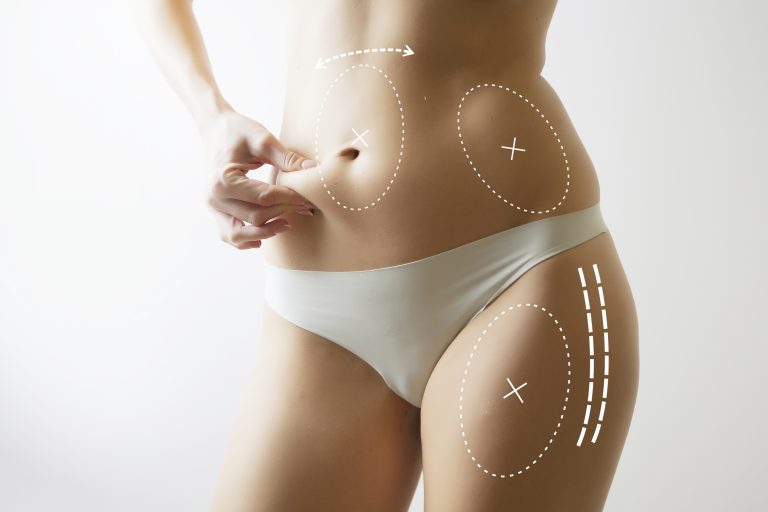
If you want to look good for a wedding or holiday party only a couple weeks out, CoolSculpting is probably not the best treatment for you. But if you want to look effortlessly slimmer after the holidays are over (when all of your friends and colleagues are out buying their New Year’s gym memberships), it’s the most effective, effortless, FDA-approved weight loss method currently on the market.
CoolSculpting is a safe and non-invasive cosmetic procedure. More importantly, it will help you keep the fat off permanently.
Instead of yet another juice cleanse or pretending you hate carbs, consider CoolSculpting. We can’t wait to help you create the body you’ve always wanted!
(READ THIS CASE STUDY from an Aesthetica Coolsculpting Patient)
As a nonsurgical procedure and requiring no effort on the part of the client, CoolSculpting simply cools down areas of fat on one’s body to 40 degrees, causing the fat cells to die. The body then removes the dead fat cells, causing a slimmer appearance through this targeted fat reduction procedure.
It’s important to note that much like the natural slimming process, CoolSculpting does not provide you with immediate improvement. In fact, you may even see some swelling for the first week or two while your body adjusts to the changes. Once the swelling goes down, however, our patients report seeing marked slimming results over the next 2-3 months as their bodies remove the dead fat cells.
CoolSculpting will not help you look slimmer in a week, but it will safely and easily help your body remove dead fat cells for good.
BEFORE CoolSculpting
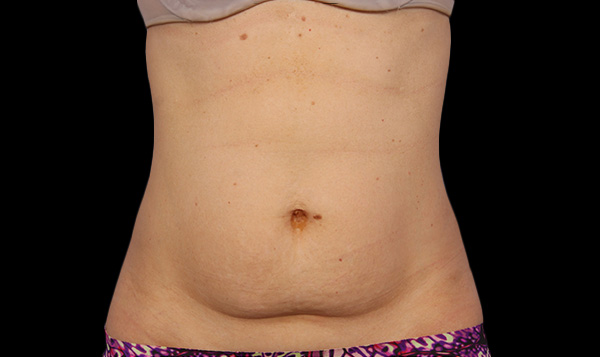
AFTER CoolSculpting
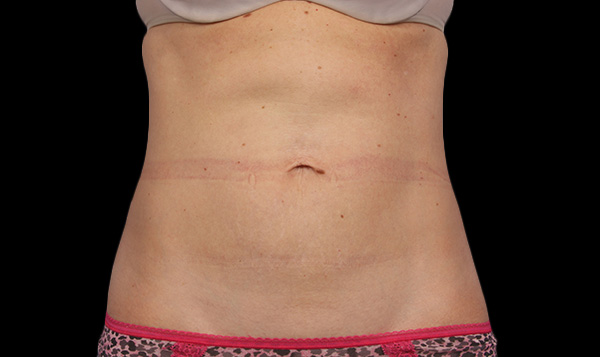
Get Started CoolSculpting with Aesthetica Today!
Liposuction Definition and How It Works
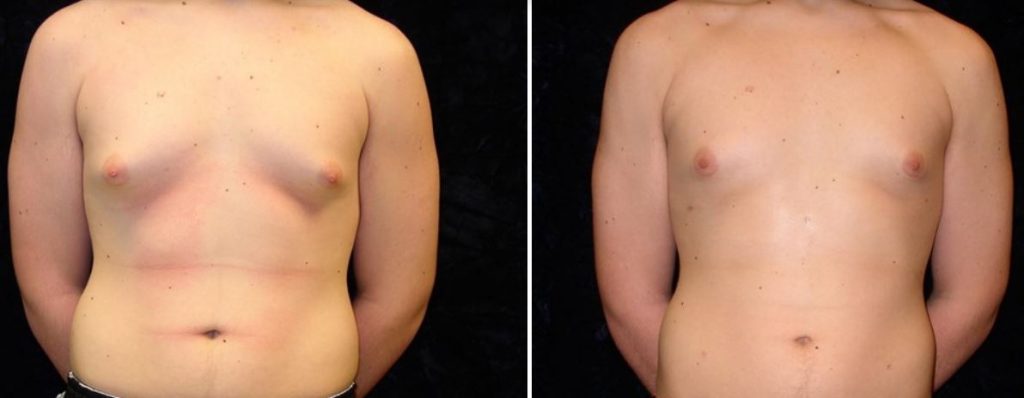
Also known as liposculpture or lipo for short, this surgical procedure is often used to treat the following fat problem areas through permanently removing fat cells:
- Abdomen
- Neck
- Chin
- Thighs
- Upper arm areas
- Calves
- Back
- Flanks
- Buttocks
There are over 300,000 liposuction procedures performed in the United States alone each year, making it the most common cosmetic procedure.
Laser-assisted liposuction (SmartLipo): this procedure uses the aid of a laser to soften and even turn fat cells into liquid making it much easier to suck them out of the problem areas.
Ultrasound-assisted liposuction (UAL): this procedural variation on liposuction uses ultrasound waves to also soften and even liquefy the fat cells, making it easier to lipo suck them out.
Liposuction scars as with any surgical procedure are a side risk but skilled plastic surgeons like Dr. Chang of Aesthetica can reduce their appearance and they will fade with time. The benefits of having better contoured body are to be considered and won with this very common cosmetic procedure.
Contact us today for a free consultation and 3D Vectra Imaging body scan to ‘see’ in real-time what your body could look like after this procedure.
KYBELLA® Definition and How It Works
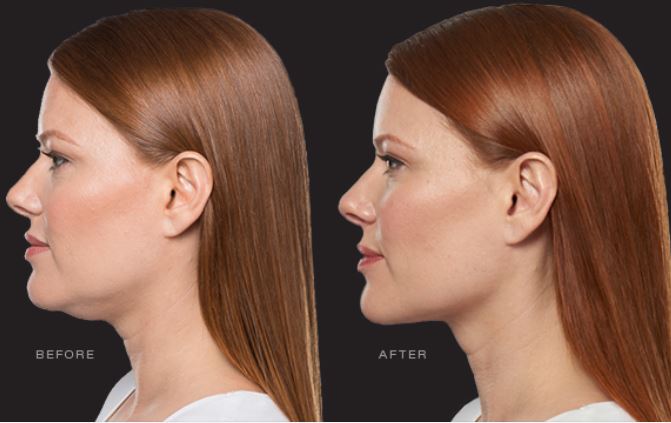
- Results are permanent
- 59% of patients receive 6 treatments 1 month apart
- Return to work the next day
- Swelling and discomfort can be expected for a week
More Articles For You
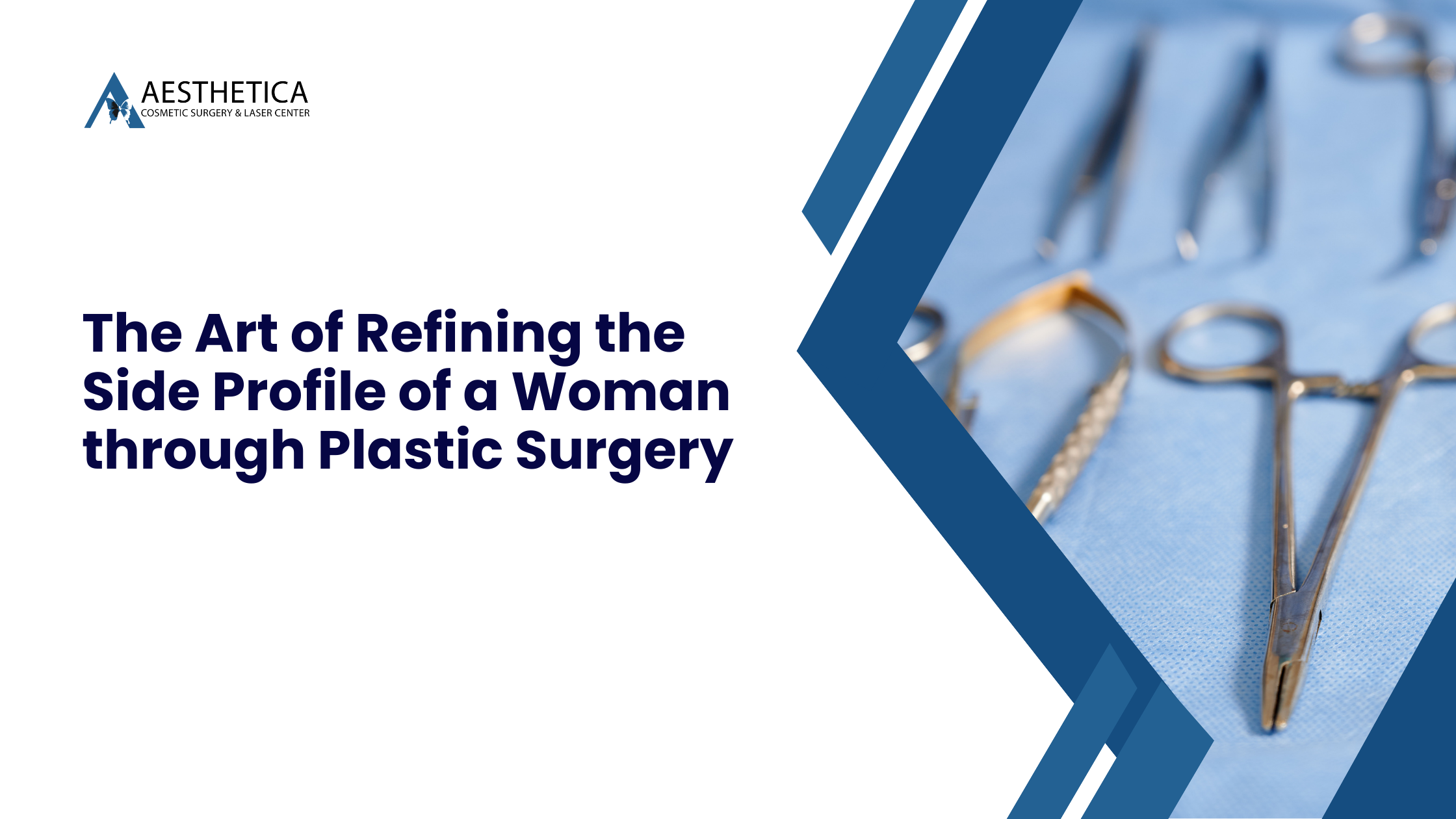
The Art of Refining the Side Profile of a Woman through Plastic Surgery
In the realm of cosmetic enhancements, the side profile of a woman holds a pivotal

Enhance Now, Pay Later: Plastic Surgery Payment Plans in Leesburg, VA
In the picturesque town of Leesburg, VA, pursuing beauty and self-improvement is a journey many

Areola Reduction for Men in Loudoun County
In the heart of Loudoun County, where the beauty of nature meets bustling urban life,

3 Ways to Fix Spider Veins on Your Face in Leesburg, VA!
Spider veins, those small, web-like networks of blood vessels that can appear on your face,

